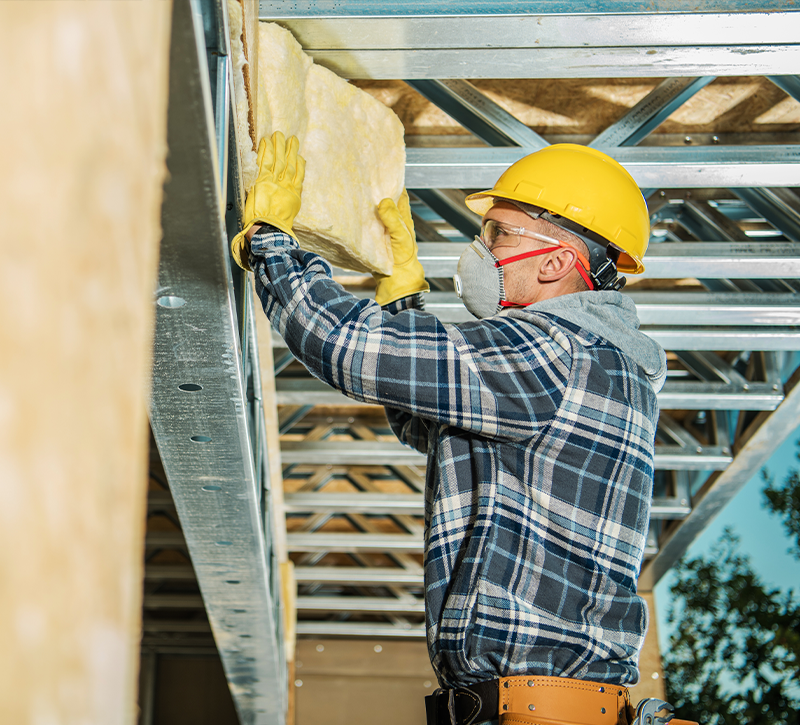
A Step-by-Step Guide on How to Install Insulation in Walls

Installing insulation in your walls is one of the best ways to improve your home's energy efficiency and reduce your energy bills. Proper insulation can also help to improve indoor air quality, reduce noise transmission and provide greater comfort. However, installing insulation in walls can be a daunting task, especially if you have never done it before. In this article, we will provide you with a step-by-step guide on how to install insulation in walls.
Step 1: Choose the Right Insulation Material
There are several types of insulation materials available on the market, such as fiberglass, mineral wool, cellulose and foam. Each type has its own advantages and disadvantages, so it is important to choose the right material based on your needs, budget and location. For example, fiberglass is a good all-around insulation material, while foam insulation is better for tight spaces and areas with a lot of moisture.
Step 2: Measure the Wall Cavities
Before installing insulation, you need to measure the wall cavities to determine the amount of insulation needed. Measure the height and width of each wall cavity and multiply them together to get the square footage. Add up the square footage of all the wall cavities to get the total square footage.
Step 3: Cut the Insulation
Using a utility knife, cut the insulation material to fit the wall cavities. Be sure to wear protective gloves, a long-sleeved shirt and a dust mask to avoid irritation and exposure to insulation fibers.
Step 4: Install the Insulation
Insert the insulation into the wall cavity, making sure to fill any gaps or spaces. Be sure to tuck the insulation tightly into corners and around any obstructions such as electrical outlets or pipes. For best results, use a compression tool to ensure the insulation is tightly packed.
Step 5: Seal the Insulation
To prevent air leaks and moisture buildup, it is important to seal the insulation. Use a sealant or foam insulation to seal any gaps or cracks in the wall cavity. This will also help to improve the overall energy efficiency of your home.
Step 6: Install a Vapor Barrier
If you live in a humid climate, it is important to install a vapor barrier to prevent moisture buildup. A vapor barrier is a plastic sheet that is installed over the insulation to prevent moisture from getting inside the wall cavity. Be sure to seal the edges of the vapor barrier with tape to ensure a tight seal.
Step 7: Finish the Wall
After installing the insulation, you can finish the wall by installing drywall or other wall coverings. Be sure to use appropriate screws or fasteners to avoid compressing the insulation and reducing its effectiveness.
Installing insulation in walls is an important step towards improving your home's energy efficiency and comfort. With the right insulation material and tools, you can easily install insulation in your walls and enjoy the benefits of a well-insulated home. Remember to wear protective gear and take all necessary precautions to ensure a safe and effective installation.

 Rated Excellent
Rated Excellent